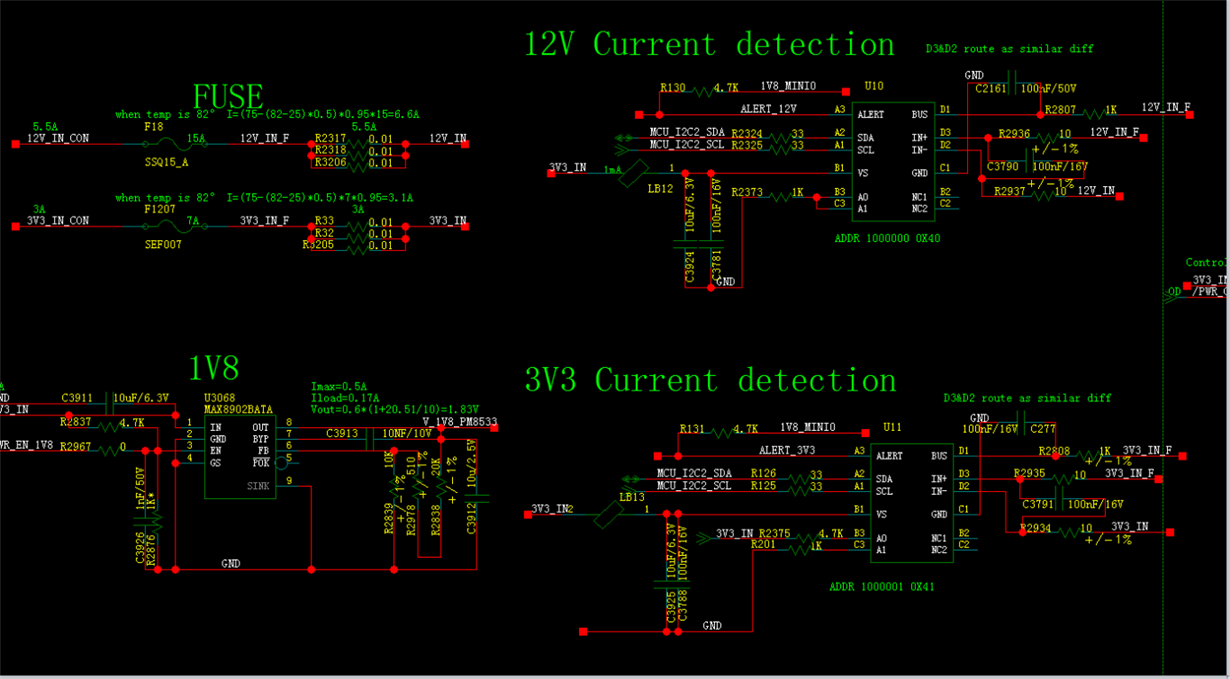Other Parts Discussed in Thread: INA220,
Hi team,
My customer want to use the INA231 to replace the INA220.
1. Please help to review the schematic of the INA231 as below:
2. For the programming, are the programming of the INA231 compatible with the INA220? Are there so many change of the programming?
Lacey
Thanks a lot!



